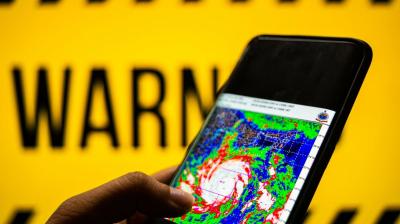Global Status of Multi-Hazard Early Warning Systems 2024
- Early warning services provides ten-fold return on investment
- Progress is uneven and disaster impacts disproportionate
- Extreme heat is becoming a major killer
- COP29 must deliver new climate finance goal
According to the Global Status of Multi-Hazard Early Warning Systems 2024 report, the world is at its highest levels of reported early warning coverage since 2015. The report shows that countries with less comprehensive MHEWS have a disaster-related mortality ratio that is nearly six times higher than that of countries with ‘substantial’ to ‘comprehensive’ coverage, and nearly four times more disaster-affected people.
The report presents recent data and 12 key findings, supported by a series of recommendations to scale up action to save lives and change lives.
The report was launched at the high-level event convened by the United Nations Secretary-General, Antonio Guterres, on delivering Early Warnings for All and addressing extreme heat at COP29.
Press Release
About the Global Status of Multi-Hazard Early Warning Systems series
The impact of disasters continues to increase at a rapid rate, fuelled by the climate emergency. Multi-hazard early warning systems (MHEWS) are a proven measure to reduce disaster risk and adapt to a changing climate.




